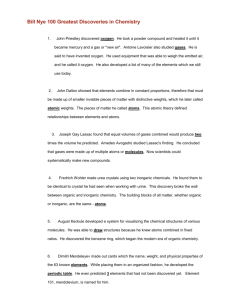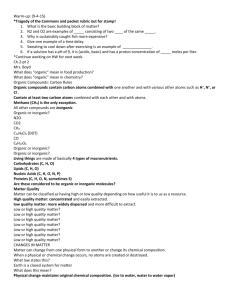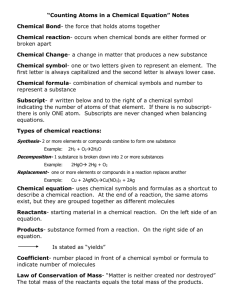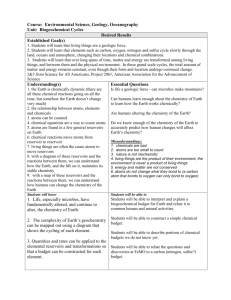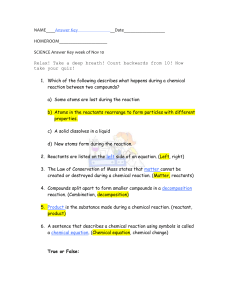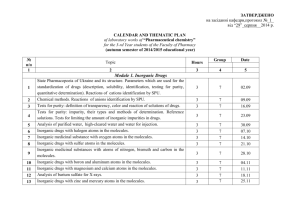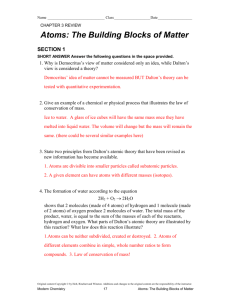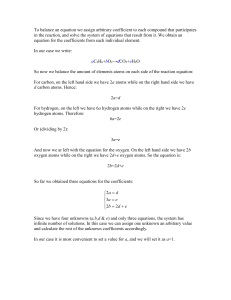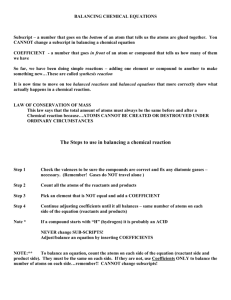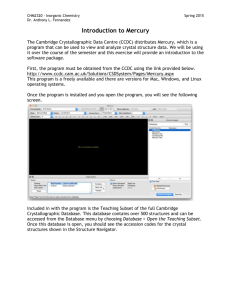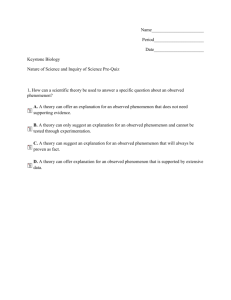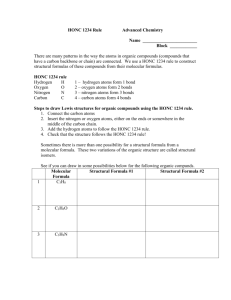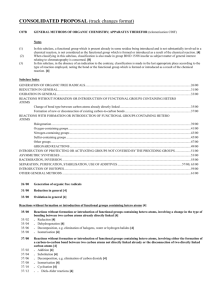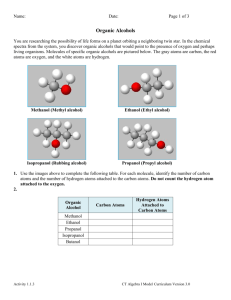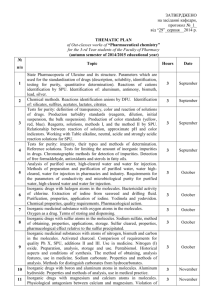Bill Nye 100 Greatest Discoveries in Chemistry
advertisement
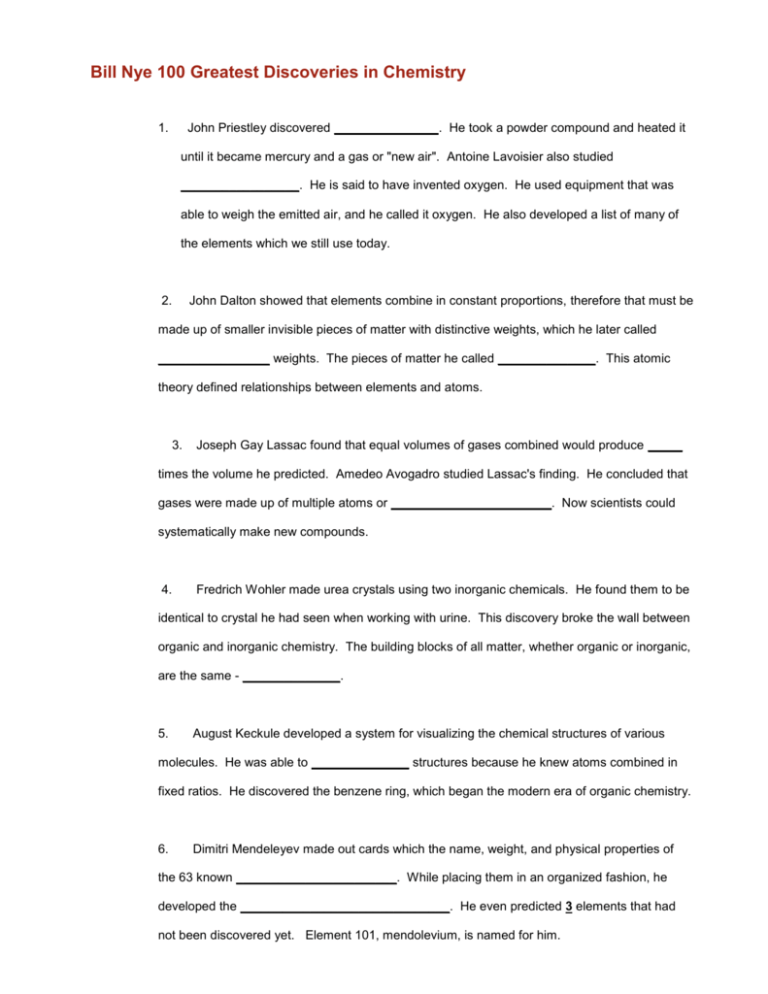
Bill Nye 100 Greatest Discoveries in Chemistry 1. John Priestley discovered _______________. He took a powder compound and heated it until it became mercury and a gas or "new air". Antoine Lavoisier also studied _________________. He is said to have invented oxygen. He used equipment that was able to weigh the emitted air, and he called it oxygen. He also developed a list of many of the elements which we still use today. 2. John Dalton showed that elements combine in constant proportions, therefore that must be made up of smaller invisible pieces of matter with distinctive weights, which he later called ________________ weights. The pieces of matter he called ______________. This atomic theory defined relationships between elements and atoms. 3. Joseph Gay Lassac found that equal volumes of gases combined would produce _____ times the volume he predicted. Amedeo Avogadro studied Lassac's finding. He concluded that gases were made up of multiple atoms or _______________________. Now scientists could systematically make new compounds. 4. Fredrich Wohler made urea crystals using two inorganic chemicals. He found them to be identical to crystal he had seen when working with urine. This discovery broke the wall between organic and inorganic chemistry. The building blocks of all matter, whether organic or inorganic, are the same - ______________. 5. August Keckule developed a system for visualizing the chemical structures of various molecules. He was able to ______________ structures because he knew atoms combined in fixed ratios. He discovered the benzene ring, which began the modern era of organic chemistry. 6. Dimitri Mendeleyev made out cards which the name, weight, and physical properties of the 63 known _______________________. While placing them in an organized fashion, he developed the ______________________________. He even predicted 3 elements that had not been discovered yet. Element 101, mendolevium, is named for him. 7. Scientist were just beginning to discover the anatomy of an _____________. They wanted to understand its behavior, particularly the mechanism that allowed atoms of certain elements to combine with atoms of other elements and form new substances. In the early 1900's Gilbert Lewis developed a ________________ of an atom. It explained that the __________________ of atoms went in shells around the nuclei. Two chemical elements combine and form a compound when one of them gives up or accepts an electron from an ___________________ shell. The discovery allowed scientists to create chemical compounds. 8. In the 1890's Henri Becquerel tried to find minerals that emitted radiation to use for x- rays. So using a _____________________ and black photography paper, he found that _______________________ had radioactive activity. Madam and Pierre Curie then studied tons of the uranium ore and discovered two new elements, Polonium and Radium. Radium alone was a million times more radioactive than uranium. Radioactivity has given us medical imaging, treatment for _____________________, helped determine the age of earth, and is used as a _________________ source. 9. In the 1860's John Hyatt found a way to make ___________________ after studying strands of cellulose from plants. Leo Baekeland actually made a fully synthetic fiber, called plastic. He made a polymer called Baekelite, from 2 chemicals derived from __________________. Plastics are polymers, which are long chain molecules. Plastic was pliable, strong, and surpassed natural fibers. 10. In 1985, Richard Smalley, Robert Curl and Harold Kroto studied chemical conditions in outer space, trying to find chemical relations between interstellar matter. They found one cluster of _____________________ atoms with exactly _____________ atoms. They called it a nanotube, or fullerene. They tried to add another carbon to it, but it wouldn't take it. The fullerene is stiffer than steel and a _______________________. It is the strongest fiber ever.
